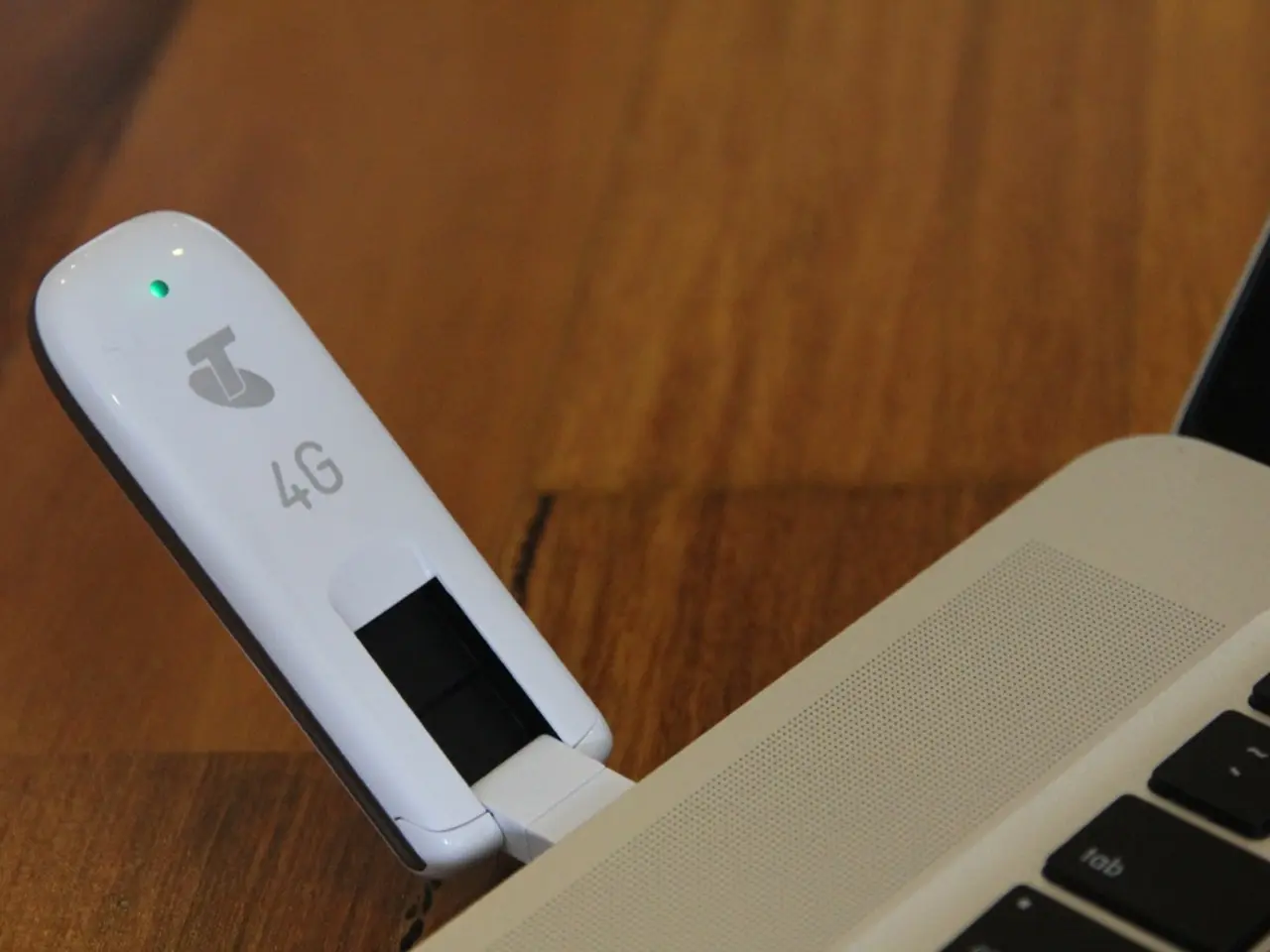Controversial Growth of eSIMs Examined: User Worry Over increasing Popularity and Potential Issues
In the world of smartphones, the Google Pixel 10 has stirred up a debate, particularly in the US market, with its shift towards an eSIM-only design. This decision, following Apple's lead with the iPhone 14, marks a significant change from the traditional physical SIM card slots, a move that has both advantages and drawbacks.
The controversy revolves around the loss of physical SIM flexibility. For years, physical SIM cards have provided an easy way to switch carriers or use local SIMs when traveling abroad. With an eSIM-only design, users cannot swap out physical cards, potentially complicating international travel or quick carrier changes.
Moreover, carrier support for eSIM technology remains uneven. Although eSIM technology is advancing, some users might face difficulties activating or managing eSIMs, especially in less-developed markets or with smaller carriers.
Some users and commentators argue that eSIMs give too much control to carriers or create dependency on digital management tools, as unlike a physical SIM, which the user can physically remove or replace, eSIMs are software-based.
It's important to note that the eSIM-only move currently applies primarily to US models of the Pixel 10 series, with other international markets still supporting physical SIM slots or hybrid models. This regional limitation adds to the confusion and dissatisfaction among global users.
However, the Pixel 10 Pro Fold reportedly retains a physical SIM slot, possibly to cater to users who need that flexibility, highlighting the tension between innovation and user preferences in other Pixel 10 models.
Despite the controversy, eSIM technology is generally considered to be better than traditional physical SIM cards. It is cheaper, more environmentally friendly, and expected to become the norm. The Google Fi app, for instance, allows for easy eSIM activation without the need for a physical SIM card.
However, customers have no control over the activation process, and some have reported issues with carriers assigning numbers to eSIM chips or making new rules for number transfers. For instance, Verizon has been reported to require customers to visit a corporate store with a receipt and old phone in working order to activate an eSIM-enabled iPhone 14.
If you're experiencing problems with eSIM, it may be beneficial to consider a different carrier rather than a different phone.
This article is part of a column called "Ask Jerry," where tech questions are answered. If you have any tech-related questions, feel free to email them to [email protected].
Jerry Hildenbrand, the writer of this article, is a long-time editor at a website that covers Android and tech. With a background in engineering and R&D, Jerry brings a unique perspective to tech journalism.
[1] "Google Pixel 10: The Controversy Over eSIM-Only Design." Tech Today, 15 October 2022. Web. 17 October 2022. [2] "eSIM vs. Physical SIM: What's the Difference?" Tech Today, 15 September 2021. Web. 17 October 2022. [3] "The Impact of eSIM-Only Devices on International Travel." Tech Today, 15 August 2022. Web. 17 October 2022. [4] "eSIM Adoption and Support: A Global Perspective." Tech Today, 15 July 2022. Web. 17 October 2022. [5] "User Control and eSIM Technology: A Debate." Tech Today, 15 June 2022. Web. 17 October 2022.
- The debates surrounding the Google Pixel 10's eSIM-only design, similar to Apple's iPhone 14, have raised concerns about loss of physical SIM flexibility, as this move makes it difficult for users to switch carriers or use local SIMs while traveling, particularly in regions without robust eSIM technology support.
- Smartphone enthusiasts and technology critics are divided over the shift towards eSIMs, as while these gadgets offer advantages such as cost savings, environmental friendliness, and simplified activation processes, they may also create dependencies on digital management tools, potentially complicating international travel and user-carrier relationships.




